A Brief History of the iPhone in Pictures
By this time next week, Apple will have announced the latest edition of their flagship mobile device, the iPhone. As usual, rumors that there may be some new and unique features in the device are flying around. To get a feel for what might be next, we took a look at the past. Here's a brief history of the iPhone, dating back to the first release, in 2007.
iPhone (First Generation)
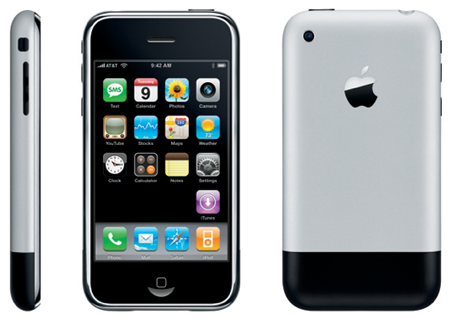
Credit: Apple
Announced: January 9, 2007
In the original press release, then-CEO Steve Jobs said, "iPhone is a revolutionary and magical product that is literally five years ahead of any other mobile phone." He was right. The original iPhone was the beginning of a global mobile revolution. The first device launched with iPhone OS (a predecessor to iOS), a 2-megapixel camera and no App Store. In 2013, the devices are being sold on eBay as a collector’s item.
iPhone 3G
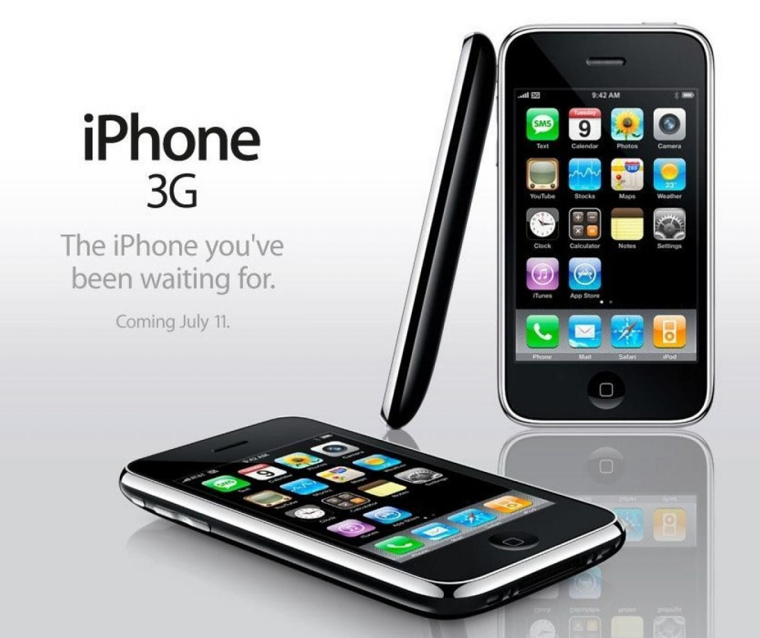
Credit: Apple
Announced: June 9, 2008
This phone was named for its ability to transmit 3G data. It shipped with iPhone OS 2.0, which included the first edition of the App Store, MobileMe (Apple's precursor to iCloud) and Microsoft Exchange ActiveSync support. Reviews of the phone were mixed, mostly because of the lack of 3G infrastructure and because of Apple's contract with AT&T, which prevented other carriers from offering the device. At the time, 10 states had no 3G coverage at all, and in 16 states, three or fewer cities had 3G coverage. Read David Pogue's full review on the New York Times.
iPhone 3GS
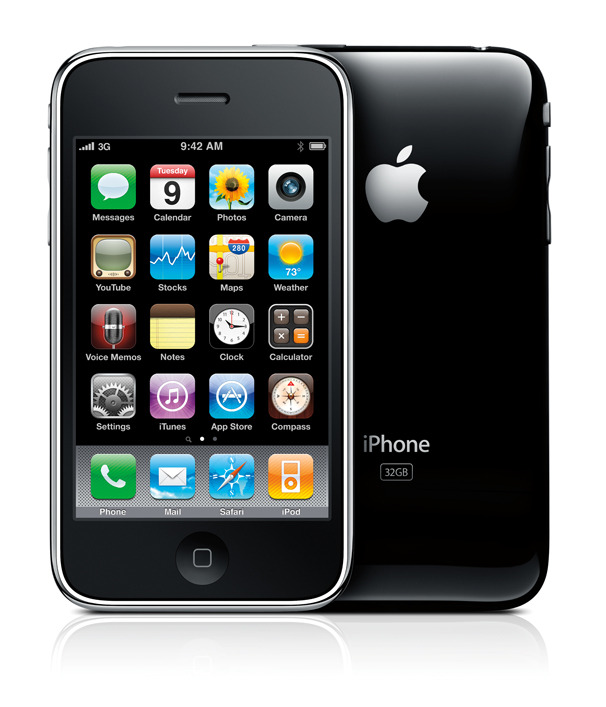
Credit: Apple
Announced: June 8, 2009
The iPhone 3GS offered incremental improvements, like better battery life, a 3.2-megapixel camera and video-recording capabilities. As Joshua Topolsky wrote on Engadget, nearly every upgrade happened with the software, not the hardware:
In many ways, the 3GS is a mirror image of the iPhone 3G; externally there's no difference. It's inside where all the changes have happened, with Apple issuing a beefed-up CPU, new internal compass, larger capacities for storage, and improved optics for its camera. More to the point, the release of the 3GS coincides with the launch of iPhone OS 3.0, a major jump from previous versions of the system software featuring highly sought after features like cut, copy, and paste, stereo Bluetooth, MMS, tethering, video recording, landscape keyboard options for more applications, and an iPhone version of Spotlight. At a glance, what Apple seems to be doing is less a reinvention of the wheel and more like retreading the wheel it's already got (and what a wheel, right?).
iPhone 4
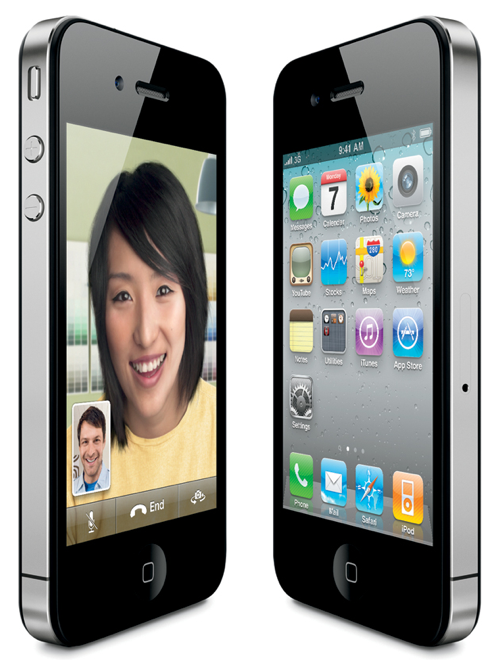
Credit: Apple
Announced: June 7, 2010
The iPhone 4 was the first to feature a front-facing camera that allowed users to video chat using Apple's propriety FaceTime application. Despite the significant hardware upgrade and the release of iOS 5, the iPhone 4 was plagued by antenna issues and the related ongoing story, dubbed "Antennagate" by the media. The device's antenna was external, and when held a certain way, users experienced poor service and dropped calls.
iPhone 4S
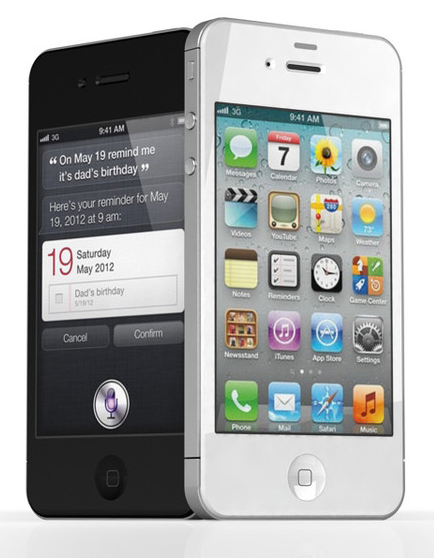
Credit: Apple
Announced: October 4, 2011
Within 24 hours of announcing the iPhone 4S, the company had sold one million devices and announced the death of legendary CEO Steve Jobs. The device's most notable feature was Siri, a voice-controlled personal assistant, but the 4S was probably most famous for not being the iPhone 5.
iPhone 5
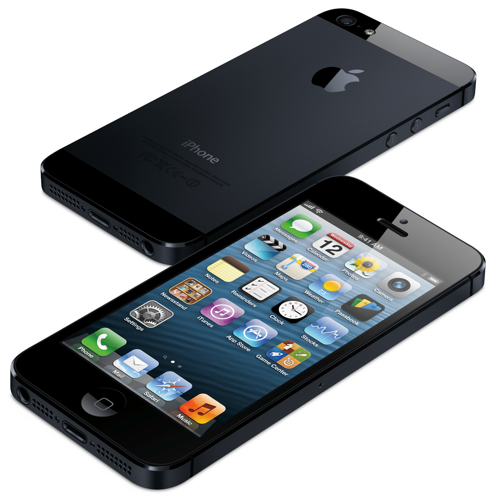
Credit: Apple
Announced: September 12, 2012
A larger screen and the new Apple Maps app were the two most talked about features of the iPhone 5. Despite criticism of both features, 5 million phones were sold in the first three days. The Verge's review summed up the device nicely:
The new iteration of Apple's phone is everything it should be: faster, smarter, thinner, and lighter. It boasts LTE data speeds, improved cameras, a larger screen with a higher resolution, and a design which — while not groundbreaking — is unquestionably beautiful. But it's also very much the iPhone you've seen before. Apple's iOS 6 software is not a leap forward, but a small jump, and the phone design is an evolution of the iPhone 4S, not a revolutionary new spin.
iPhone 5S/5C
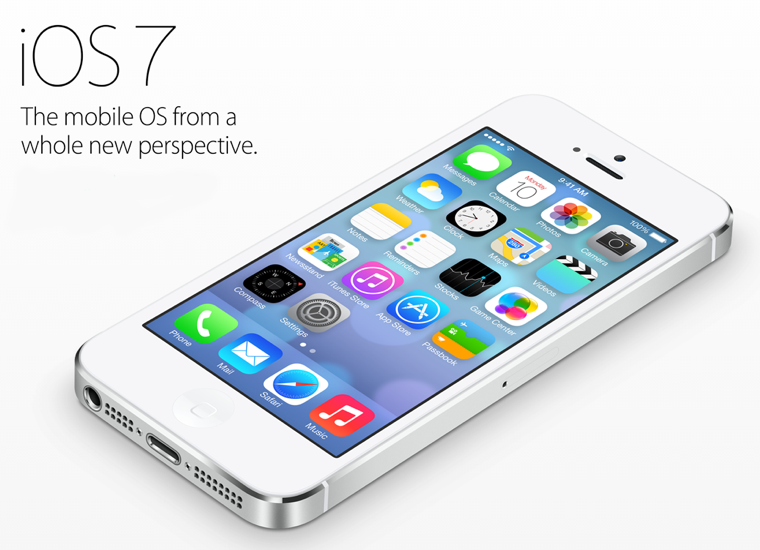
Apple sent invitations to their next iPhone announcement, which is scheduled for September 10, 2013. The device will ship with iOS 7, but rumors indicate that it could also feature fingerprint-scanning technology. It is also rumored, and reported by The Verge, that Apple will announce two iPhones: the 5S and a new line called the 5C:
The new device’s name is believed to be the "iPhone 5C," with the C standing for "color," reports Business Insider. The phone is expected to be available in a variety of bright, almost-pastel colored backs, similar to what’s seen on the current iPod touch lineup. Photos of several purported cases … have been leaked by writer Sonny Dickson. The case is expected to be slightly larger than the iPhone 5's, and to be made primarily out of plastic, rather than the aluminum that’s currently used for iPhones.
It’s otherwise believed to be very similar to the iPhone 5. Various publications have reported that the device will include LTE, a 4-inch display, and a camera and processor similar to what’s in the iPhone 5. While a price hasn't been pinned down just yet, it's likely that a low-cost iPhone would take the place of one of Apple's older devices, which are generally sold at a reduced price following the introduction of a new model.
Stay tuned for more coverage of the iPhone announcement.







